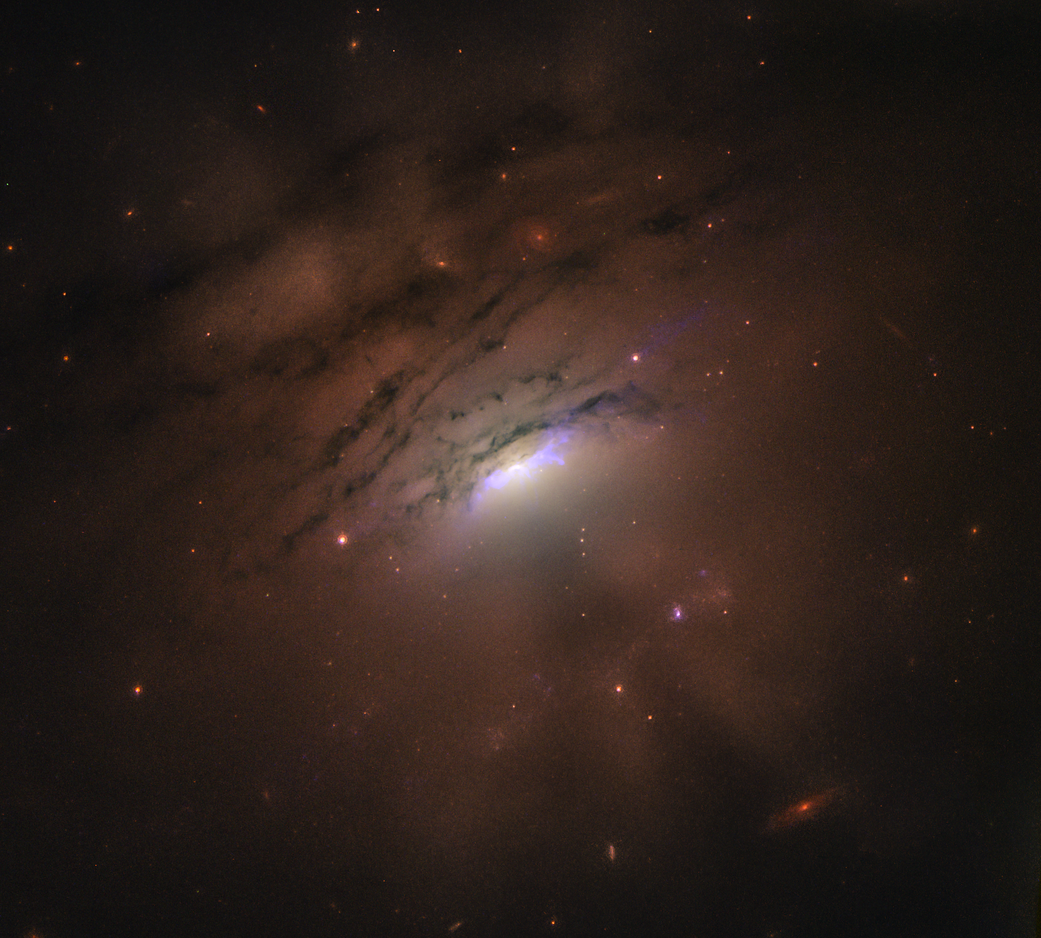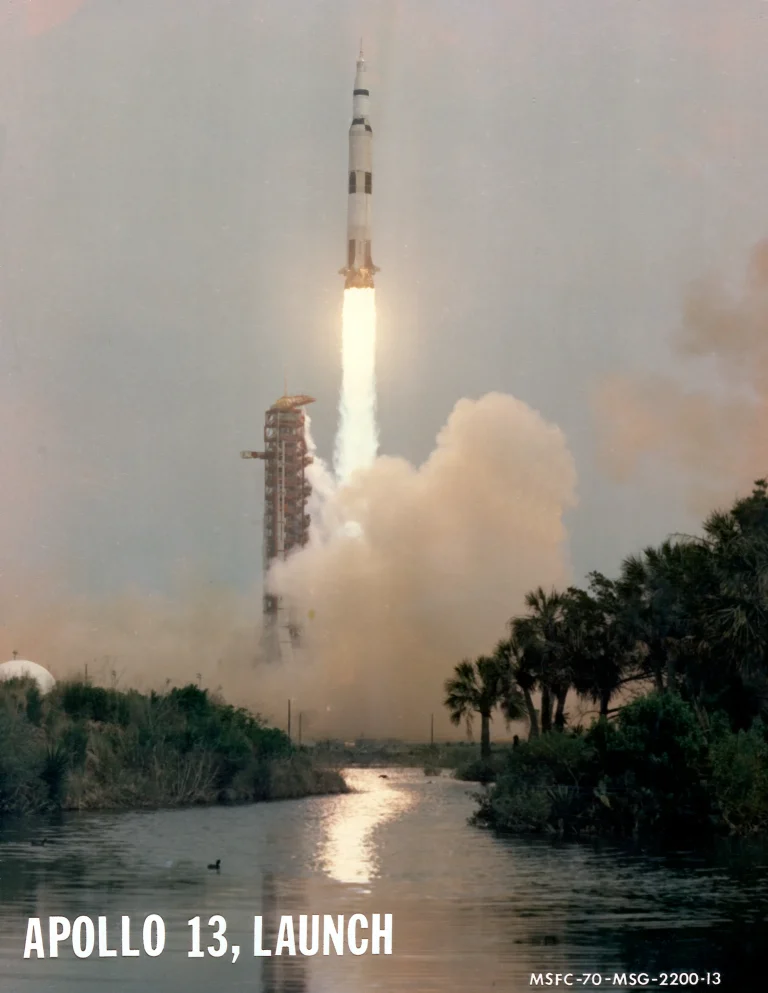From 156 million light-years away the heart of active galaxy IC 5063 reveals a mixture of bright rays and dark shadows coming from the blazing core, home of a supermassive black hole.
In this Hubble Space Telescope image, astronomers suggest that a ring of dusty material surrounding the black hole may be casting its shadow into space. According to this scenario, the interplay of light and shadow may occur when light blasted by the monster black hole strikes the dust ring, which is buried deep inside the core. Light streams through gaps in the ring, creating the brilliant cone-shaped rays. However, denser patches in the disk block some of the light, casting long, dark shadows through the galaxy.
This phenomenon is similar to sunlight piercing our Earthly clouds at sunset, creating a mixture of bright rays and dark shadows formed by beams of light scattered by the atmosphere.
However, the bright rays and dark shadows appearing in IC 5063 are happening on a vastly larger scale, shooting across at least 36,000 light-years.
The observations were taken on March 7 and Nov. 25, 2019, by Hubble’s Wide Field Camera 3 and Advanced Camera for Surveys.
Image Credit: NASA, ESA, STScI and W.P. Maksym (CfA)
从1.56亿光年之外的活跃星系IC 5063的中心,可以看到来自炽热核心的明亮光线和黑暗阴影的混合物,这是一个超大质量黑洞的家。
在这张哈勃太空望远镜拍摄的照片中,天文学家认为,围绕在黑洞周围的一圈尘埃物质可能将其阴影投射到太空中。根据这一假设,当怪物黑洞喷射出的光线撞击到深埋在核心内的尘埃环时,可能会发生光与影的相互作用。光线穿过尘埃环的缝隙,形成明亮的锥形光线。然而,圆盘上密度较大的斑块阻挡了部分光线,在星系中投下长长的暗影。
这种现象类似于太阳光在日落时分穿透地球的云层,产生明亮光线和由大气散射的光束形成的黑暗阴影的混合物。
然而,IC 5063中出现的亮光和暗影是在一个巨大的范围内发生的,至少跨越36,000光年。
这些观测是在2019年3月7日和11月25日由哈勃的广域相机3号和高级巡天相机拍摄的。
图片来源: NASA, ESA, STScI and W.P. Maksym (CfA)







